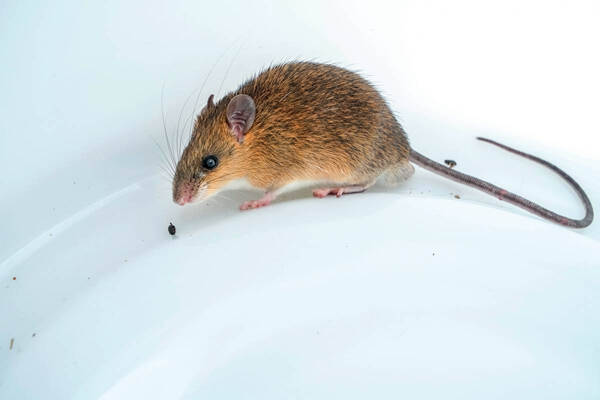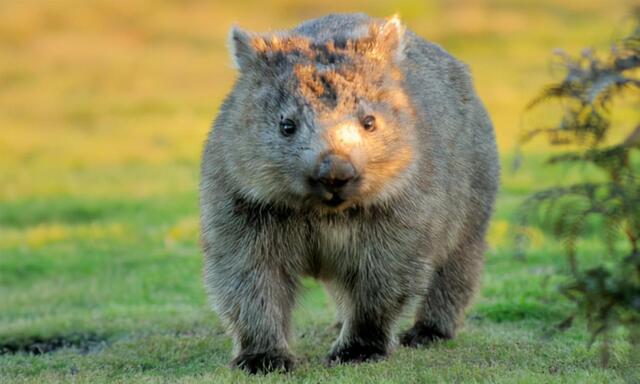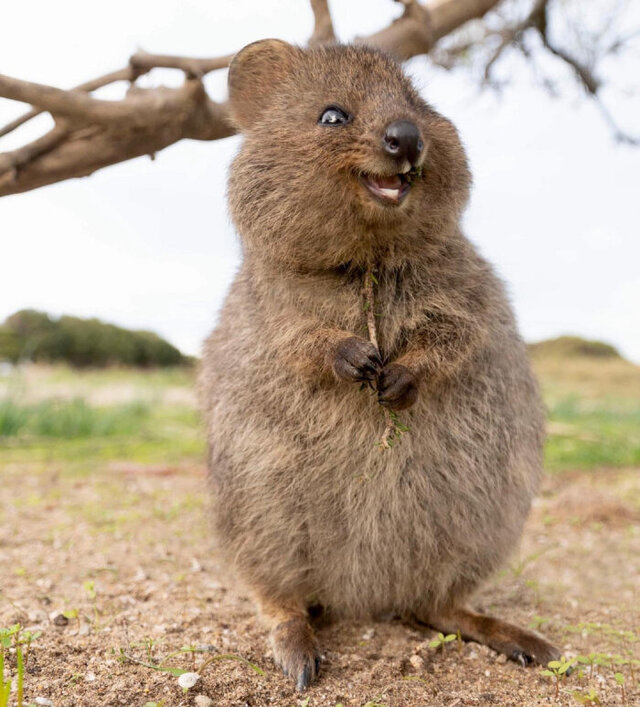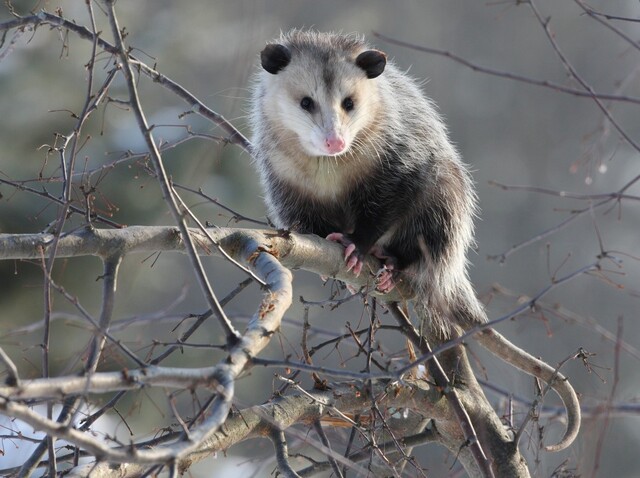Niviventer confucianus
IUCN
LCBasic Information
Scientific classification
- name:Niviventer confucianus
- Scientific Name:Niviventer confucianus,Niviventer confucianus chiliensis,Niviventer confucianus confucianus,Rattus rattus, sulfur-bellied rattus, white-tailed star rattus, spiny gray rattus
- Outline:Rodents
- Family:Rodentia Muridae Rattus
Vital signs
- length:120-180mm
- Weight:
- lifetime:
Feature
The tail is longer than the body length, and the upper and lower parts of the tail are two colors. The back and body are the same color, and the belly is white. Some individuals have a white tail tip with longer hair at the tip of the tail.
Distribution and Habitat
Widely distributed. It is distributed in all provinces of China except Xinjiang, Heilongjiang, Jilin, Hainan and Taiwan. It is distributed in Myanmar, India, Vietnam and Thailand abroad.
Commonly found in forests and shrubs. The origin of this species is Baoxing, Sichuan.
Appearance
The individuals are relatively large. The body length is 120-180mm. The tail is longer than the body length, 150-250mm. The back of the body is brownish yellow, light yellow, or grayish yellow. The ventral side of the body is white, and the hair tips are brushed with sulfur color. The hair color of the back and ventral sides is clearly demarcated. The tail is two-colored, the back and body hair color is the same, the ventral side is white, and some individuals have white tail tips with longer hair at the tip of the tail. The teeth of the genus Rattus are very similar to those of the genus Rattus. The first and second upper molars are composed of 3 horizontal rows, but there are only 2 tooth processes on the lingual side. The third horizontal row is composed of only a circular or oval tooth ring, without medial and lateral tooth processes.
Details
The Northern Society Rat belongs to the Murinae subfamily. The species-level classification status is stable, with many subspecies and some controversy. In appearance, it is somewhat confused with the Niviventer excelsior and Niviventer fulvescens. However, the Niviventer excelsior is larger, with a pure white abdomen and a subtle brown fur on the back; the Niviventer fulvescens has a pure white abdomen and a brown-red fur on the back, with a lot of needle hair. The distribution habitat is diverse and the altitude span is also large, ranging from 400-3000m. Vegetation types include shrubs, farmland, broad-leaved forests, coniferous forests, etc.










